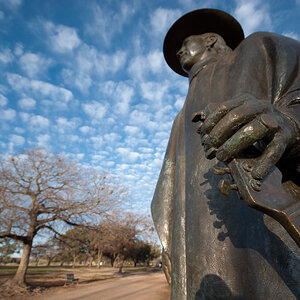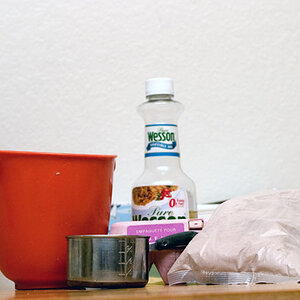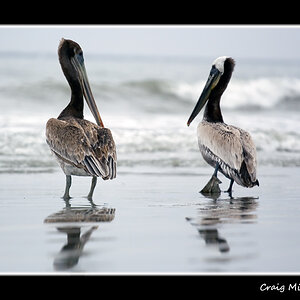oriecat
work in progress
- Joined
- Jul 7, 2003
- Messages
- 3,117
- Reaction score
- 19
- Location
- Portland OR USA
- Website
- www.moltenwords.net
I know I should know this, or how to figure it out, but its one of the areas where I get all confused...
Say I'm bulk loading film... I buy a roll of 1600 ISO. Now the canisters I have have the code for 400, or if I used a non-coded canister, then my Nikon defaults to 100. I don't want to pull the film, so how can I adjust the exposure so that it is actually exposed properly at 1600?
Say I'm bulk loading film... I buy a roll of 1600 ISO. Now the canisters I have have the code for 400, or if I used a non-coded canister, then my Nikon defaults to 100. I don't want to pull the film, so how can I adjust the exposure so that it is actually exposed properly at 1600?



![[No title]](/data/xfmg/thumbnail/34/34142-948c6bafdf60862125009004d5a06e46.jpg?1619736315)
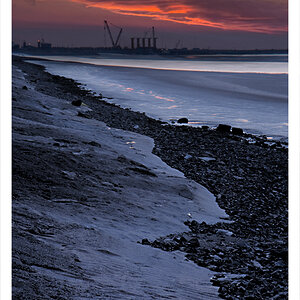
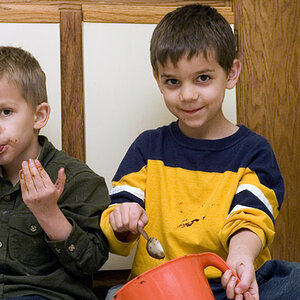
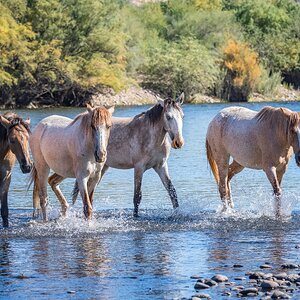
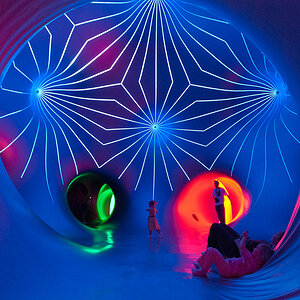
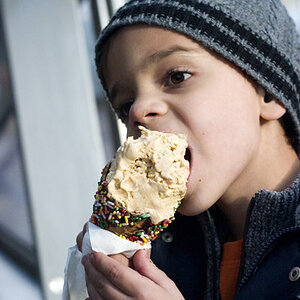
![[No title]](/data/xfmg/thumbnail/38/38262-10a9668da9a2b36a92cddde57caf87bc.jpg?1619738547)

